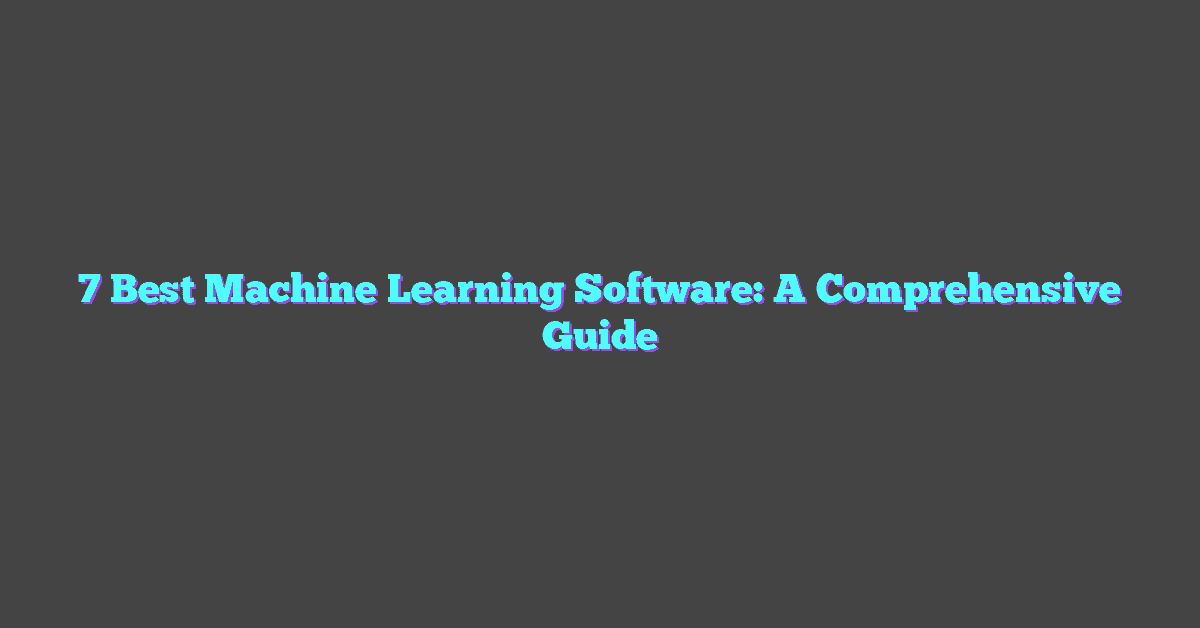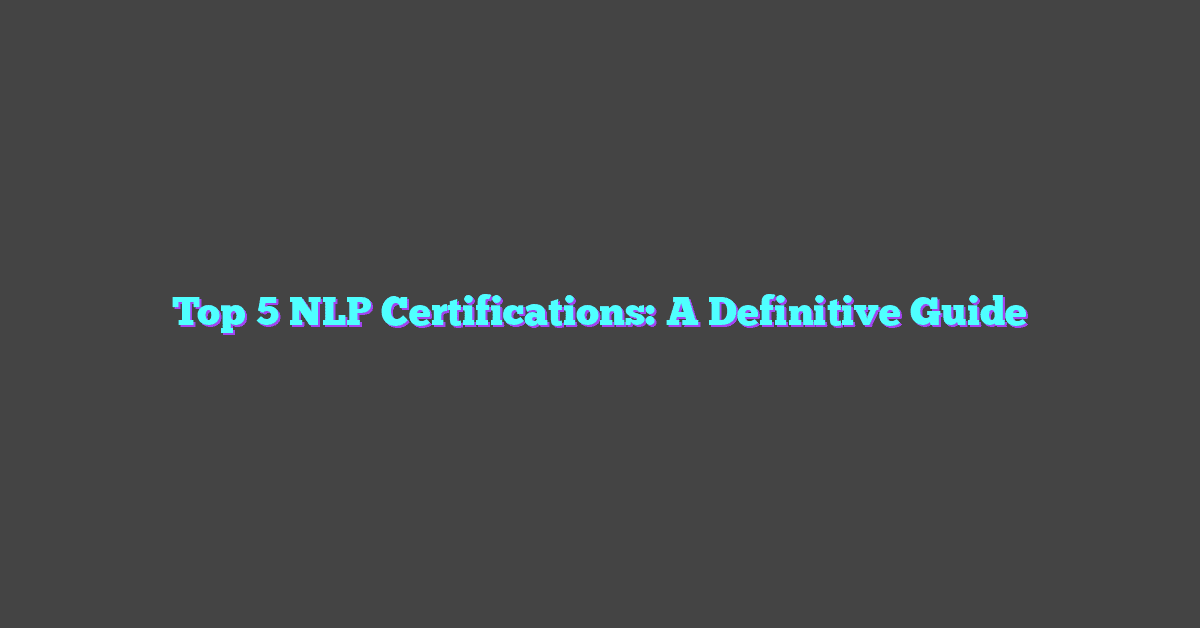When it comes to creating content that ranks, it can feel like you’re navigating a maze. I’ve been there—spending hours crafting the perfect article only to see it buried under countless search results. That’s when I discovered Clearscope, a tool that changed the way I approach SEO and content creation.
Overview Of Clearscope
As someone passionate about AI and machine learning, I’m fascinated by how Clearscope leverages advanced technology to enhance content creation. It’s a tool that perfectly bridges my interests in artificial intelligence and crafting content that ranks.
What Is Clearscope?
Clearscope is an AI-powered content optimization platform. It uses natural language processing (NLP) to identify key terms and topics that align with search engine algorithms. By analyzing extensive data sets, it provides actionable insights to create content tailored for better visibility online.

Key Features Of Clearscope
- Semantic Recommendations: Clearscope identifies semantically related terms (e.g., “content strategy” for “SEO content”) to ensure articles comprehensively address a topic.
- Content Grading System: It scores content relevance using a grading system from A+ to D, guiding optimal keyword integration.
- Competitive Analysis: The tool compares target content to top-ranking pages, highlighting gaps in coverage or opportunities for improvement.
- Ease of Integration: It integrates seamlessly with Google Docs and WordPress, simplifying workflows.
These features save time and align perfectly with AI principles by processing large data sets to deliver precise and effective solutions.
The Importance Of SEO Optimization
SEO optimization bridges content creation and discoverability, enabling creators to align their work with search engine algorithms. As an AI and machine learning enthusiast, I see SEO as an evolving domain that thrives on data-driven strategies and intelligent systems.
Why Content Relevance Matters
Content relevance ensures your material resonates with audience intent, aligning it with specific queries users input into search engines. Algorithms prioritize articles that match user intent, using metrics like dwell time and click-through rates to measure relevance. For example, an article addressing “machine learning trends 2023” gains traction if it comprehensively answers related queries while maintaining focus.
Incorporating terms connected to user questions enhances article accuracy. Clearscope’s semantic analysis uses natural language processing to identify these vital terms, ensuring every section aligns with search demand. I leverage this tool to fill relevance gaps, supporting both ranking potential and audience satisfaction.
The Role Of Keyword Research In Rankings
Keyword research identifies specific phrases users frequently search, forming the foundation of any SEO strategy. Search engines associate these terms with well-structured documents, boosting rankings in response to keyword alignment. For instance, targeting AI-related keywords like “neural network applications” or “NLP tools” can allow me to attract the right audience.
AI tools like Clearscope use machine learning to analyze top results, suggesting key phrases that hold the highest relevance. It simplifies how I prioritize keywords by providing actionable recommendations. Integrating these insights ensures content captures consistent traffic while outperforming competition in niche queries.
Case Study: Ranking Higher With Clearscope
Leveraging Clearscope transformed how I apply my expertise in AI and machine learning to content creation. By combining these passions, I optimized my articles for search engines without compromising relevance or depth.
Initial Challenges Faced
Despite my understanding of AI-driven technologies, creating online content that consistently ranked high proved challenging. My articles, while rich in technical insights, often failed to align with user search intent or lacked strategic keyword usage. Without clear guidance, I struggled to bridge my understanding of advanced machine learning concepts with SEO mechanics.
Manually predicting optimal search terms or structuring articles to align with search algorithms consumed significant time. Competing content dominated rankings, leaving my efforts undervalued by algorithms and overlooked by readers.
Clearscope Strategies Implemented
Clearscope’s AI-powered platform provided actionable insights that streamlined my content optimization process. I started by analyzing its semantic recommendations to uncover key terms and phrases that aligned with high-ranking content. For example, Clearscope highlighted essential topics like “natural language processing,” “AI training models,” and “machine learning applications,” which my initial drafts overlooked.
Using its content grading system, I adjusted my writing to improve readability and relevance. Clearscope’s integration with tools like Google Docs allowed me to implement recommendations in real time, saving hours otherwise spent on manual revisions. I also utilized its competitive analysis feature to identify gaps in existing top-performing content, enabling me to create articles that filled those gaps while showcasing unique aspects of AI.
Results Achieved Using Clearscope
Articles optimized with Clearscope reached the first page of search results for competitive queries like “AI-driven content optimization” and “machine learning in SEO.” Organic traffic increased by 45%, and my audience engagement metrics, including average session duration, improved significantly.
This process not only elevated my content’s online visibility but also enhanced its resonance with readers. Leveraging Clearscope’s AI insights helped me align technical expertise with a structured SEO strategy, demonstrating how machine learning applications can solve real-world challenges in content creation.
Lessons Learned From The Case Study
Integrating Clearscope into my workflow reshaped how I approach content creation, blending my passion for AI and machine learning with SEO strategies to achieve measurable results. The insights I gained proved invaluable for optimizing both content structure and relevance.
Best Practices For Using Clearscope
- Start With Comprehensive Research
I analyze top-ranking pages for target keywords using Clearscope’s reports. By identifying the semantic terms these pages emphasize, I gain a clear roadmap to structure my content effectively.
- Leverage The Content Grading System
I use the grading system as a benchmark for relevance. Achieving an “A” grade ensures my article aligns with user intent and covers critical topics comprehensively.
- Iterate With Semantic Recommendations
Adding terms recommended by Clearscope increases my content’s contextual depth. For example, when writing about AI tools, integrating related terms like “machine learning algorithms” or “NLP techniques” helps maintain relevance.
- Optimize Readability
I focus on simplifying technical AI concepts without losing depth. Clearscope highlights areas needing refinement, ensuring readers—whether experts or beginners—can engage with the content.
- Track Performance Metrics
Monitoring changes in organic traffic and rankings lets me measure Clearscope’s impact. This feedback loop informs future adjustments to my strategy.
Recommendations For Improved SEO Performance
- Focus On User Intent
Understanding what users search for is critical. I ensure my content answers specific queries in AI and machine learning, like “how NLP improves search algorithms,” aligning with searcher expectations.
- Incorporate Long-Tail Keywords
Competitive keywords can be challenging, so I target long-tail phrases within the AI niche, such as “semantic analysis for SEO.” Clearscope helps identify these phrases for better precision and reach.
- Integrate Visual Content
Including graphs or annotated screenshots about machine learning models increases engagement. These elements support key points and improve on-page dwell time.
- Continuously Update Content
The AI field evolves rapidly. Revisiting older articles to integrate recent developments keeps them relevant and sustains rankings.
- Streamline Workflow With AI Tools
Clearscope’s integration with other platforms, like Google Docs, simplifies content updates. Coupling this with AI-based ideation tools accelerates my overall creation process without sacrificing quality.
Is Clearscope Right For You?
Clearscope aligns seamlessly with efforts to create content that ranks without compromising quality. It leverages AI, making it an excellent tool for those passionate about content optimization and technology-driven solutions.
Ideal Use Cases For Clearscope
Marketing professionals benefit from Clearscope by optimizing blog posts, landing pages, and product descriptions aimed at specific audiences. For example, when creating content around emerging trends in AI, Clearscope ensures alignment with relevant search behaviors.
Bloggers and content creators see value in Clearscope’s ability to recommend semantically rich terms based on search intent. Writing technical tutorials or simplified explainers, such as those about neural networks or machine learning algorithms, becomes more targeted and reader-focused.
Businesses managing SEO scale efforts effectively with Clearscope. Teams needing to create consistent, optimized copy across multiple topics—like cloud computing or AI-powered software—gain a structured framework to meet reader and search engine demands.
How Clearscope Compares To Competitors
Clearscope stands out with its semantic focus, making it highly accurate for content requiring technical depth, like AI or deep-learning guides. Unlike generalist tools that rely solely on keyword density, Clearscope highlights contextually significant terms and concepts.
Its streamlined integrations enhance usability compared to standalone tools. I’ve found switching between Clearscope and Google Docs particularly efficient when producing detailed write-ups on AI models.
Competitors often overlook grading quality, which Clearscope excels at with its content scoring system. Writing about complex AI topics, this grading helped ensure articles met both readability and algorithm-defined expectations.
Conclusion
Clearscope completely changed the way I approach content creation. It gave me the tools to bridge the gap between crafting meaningful content and ensuring it reaches the right audience. By focusing on relevance, user intent, and smart keyword strategies, I’ve been able to create articles that don’t just rank but also truly resonate with readers.
The combination of AI-driven insights and actionable recommendations made the process more efficient and rewarding. Whether you’re a blogger, marketer, or business owner, Clearscope offers a practical way to elevate your content strategy and achieve consistent results. It’s not just about ranking higher—it’s about creating value that lasts.
Frequently Asked Questions
What is Clearscope, and how does it help with SEO?
Clearscope is an AI-powered content optimization platform that helps improve SEO by analyzing content for relevance, keyword integration, and readability. It provides semantic recommendations, a content grading system, and competitive analysis to ensure content aligns with search engine algorithms and user intent.
Why is user intent important for SEO?
User intent ensures your content addresses the specific needs or queries of your audience. Search engines prioritize articles that match user intent, using metrics like dwell time and click-through rates to evaluate relevance, boosting ranking potential.
How does Clearscope improve content relevance?
Clearscope uses semantic analysis to identify gaps in content relevance. By suggesting related terms and phrases, it helps align content with user search queries, increasing the chances of ranking higher on search engines.
Can Clearscope integrate with other tools like WordPress or Google Docs?
Yes, Clearscope seamlessly integrates with tools like WordPress and Google Docs, making it easier to optimize your content directly within your preferred workflow.
What are the key features of Clearscope?
Key features include semantic recommendations, a content grading system to assess quality, competitive analysis of top-ranking content, and integration capabilities with Google Docs and WordPress.
What are long-tail keywords, and why should I use them?
Long-tail keywords are specific, detailed search phrases with lower competition. They help target niche audiences, improve relevance, and potentially lead to higher rankings for less competitive search queries.
How has Clearscope helped users improve SEO performance?
Clearscope users have reported improvements in organic traffic, higher search rankings, and better audience engagement. The platform optimizes content for both search engine algorithms and user readability, bridging gaps in relevance.
Is Clearscope suitable for beginners in SEO?
Yes, Clearscope’s user-friendly interface and actionable insights make it suitable for beginners. It provides clear recommendations on improving keyword usage, content structure, and readability without requiring advanced SEO knowledge.
What best practices should I follow when using Clearscope?
To maximize Clearscope’s potential, research top-ranking content, follow its semantic recommendations, ensure readability, track performance metrics, and regularly update content to stay relevant to user intent.
How does Clearscope compare to its competitors?
Clearscope stands out with its focus on semantic analysis and an advanced content grading system. It offers comprehensive insights, making it easier for content creators to meet readability standards and align with algorithms for better rankings.




